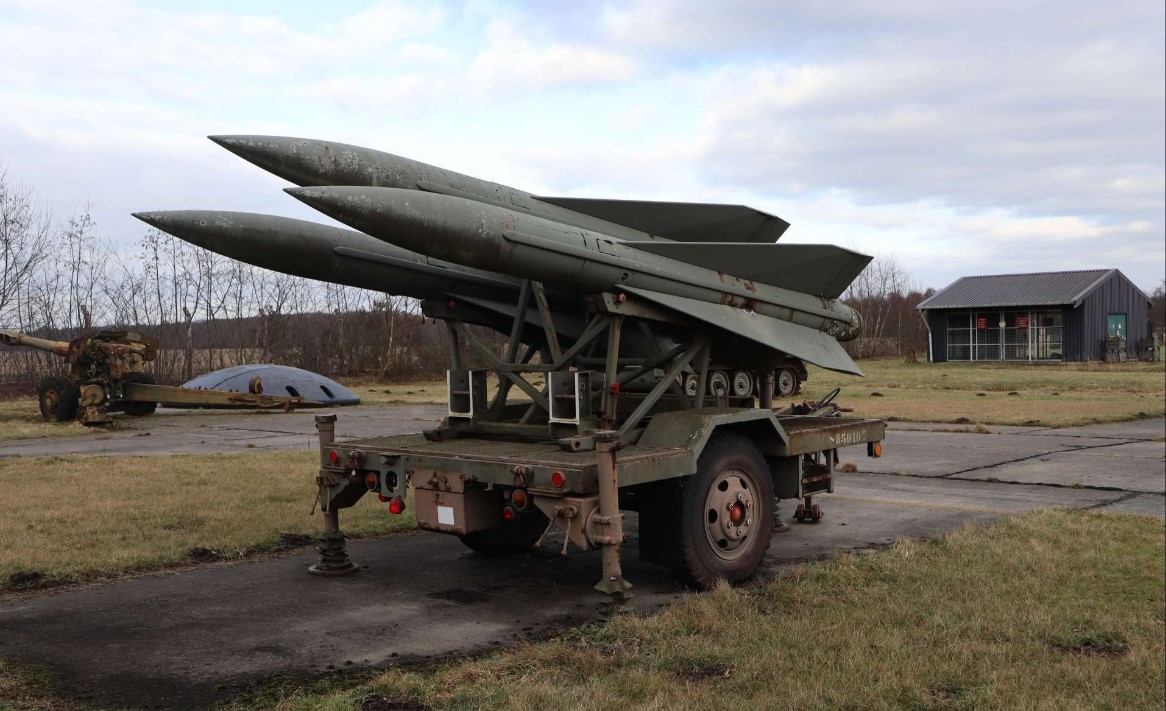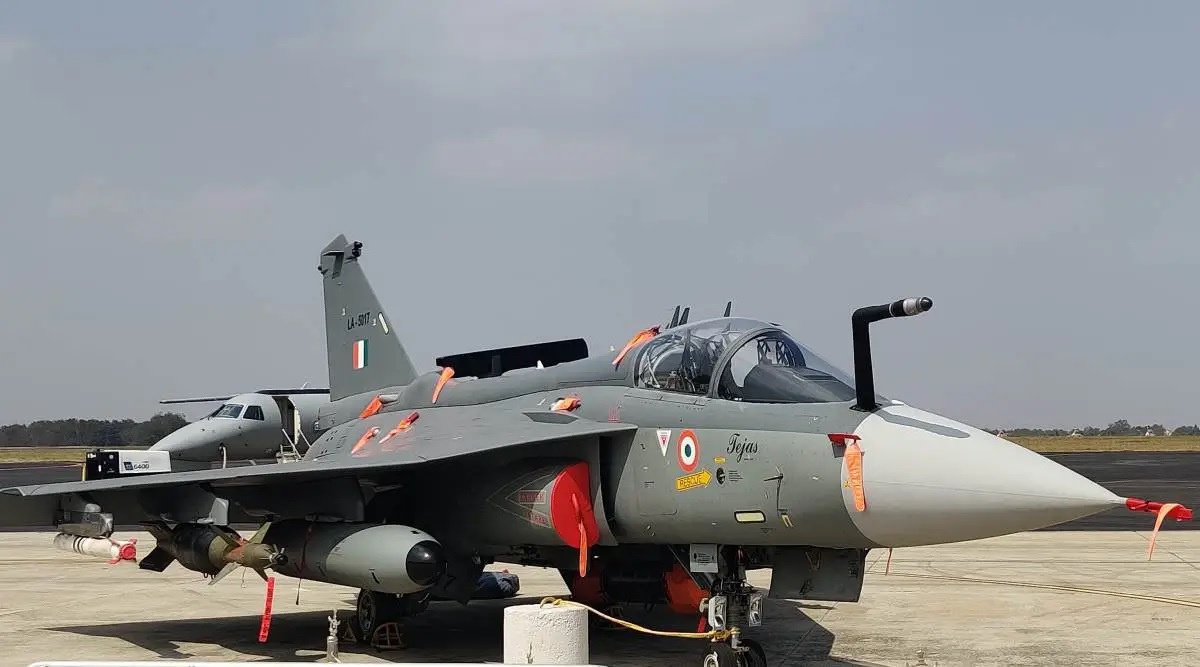Vintage HAWK System Proves Highly Effective Against Russian Missiles in Ukraine

Ukraine has recently showcased the effectiveness of the vintage MIM-23 HAWK air defense system in intercepting Russian cruise missiles and one-way attack drones. Despite being a Cold War-era technology, first deployed by the U.S. Army in 1959, the HAWK system is making a significant impact in protecting Ukrainian cities and infrastructure from aerial threats.
The HAWK’s resurgence on the battlefield began when Spain transferred six launchers to Ukraine in the fall of 2023. Along with these launchers, 64 Ukrainian personnel underwent intensive training to operate the system. As the Russian missile campaign escalated, other NATO allies, including the United States, also contributed additional HAWK units to Ukraine's air defense capabilities. The decision to deploy this system was strategic, despite its age, and it has turned out to be a pivotal tool in countering Russian missile strikes.
One reason for the HAWK's effectiveness lies in its modernization. Ukraine is primarily using the Improved HAWK Phase III variant, which boasts upgraded radar, missile tracking systems, and fire control technology. This variant allows Ukrainian forces to engage threats with high precision. Since its deployment, one HAWK unit has reportedly taken down 14 Russian cruise missiles and 40 Iranian-made Shahed drones, which are often used in kamikaze attacks.
The HAWK system, with a range of 45 kilometers, is particularly effective against low- to medium-altitude threats, including drones and cruise missiles. Its phased-array radar and semi-active radar homing guidance ensure accurate missile tracking, even in challenging environments. Ukrainian defense experts, such as Taras Chmut, have praised its performance on platforms like X (formerly Twitter), where they highlighted how well both the HAWK and the Soviet-era S-125M systems are performing in air defense roles.
The MIM-23 HAWK has a long combat history, having been used in various conflicts across the Middle East and beyond. While its technology dates back over six decades, western analysts estimate its success rate at 85%. Ukrainian forces, benefiting from modern training and advanced targeting methods, believe that the HAWK is even more effective under their operation, potentially achieving higher success rates.
The reintroduction of the HAWK system into active conflict not only reflects Ukraine’s innovative use of available resources but also highlights the enduring value of legacy defense technologies. As Russian missile attacks continue, the HAWK has proven to be a reliable and effective shield, playing a vital role in Ukraine's broader air defense strategy.
By integrating this vintage system into their modern defenses, Ukraine has shown that even decades-old equipment, when properly maintained and upgraded, can be a crucial asset in contemporary warfare.


